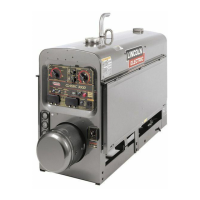
Do you have a question about the Lincoln Electric CLASSIC SVM194-A and is the answer not in the manual?
| Brand | Lincoln Electric |
|---|---|
| Model | CLASSIC SVM194-A |
| Category | Welding System |
| Language | English |
Safety precautions for engine-powered equipment operation and maintenance.
Hazards and precautions related to electrical shock from welding equipment.
Safety procedures to prevent fires and explosions caused by welding sparks.
Safety measures for avoiding inhalation of welding fumes and gases.
Precautions for protecting eyes and skin from arc rays and spatter.
Safety precautions for electrically powered welding equipment installation.
Welder output ratings, including DC output and duty cycle.
Welder output ratings, including DC output and duty cycle.
A three-step procedure for locating and repairing machine malfunctions.
Troubleshooting steps for low weld and auxiliary output voltages.
Troubleshooting steps for no weld or auxiliary output.
Troubleshooting for low weld output with normal auxiliary output.
Troubleshooting for no auxiliary output with normal weld output.
Troubleshooting steps for a loud arc and excessive spatter during welding.
Troubleshooting for low or varying weld output with normal auxiliary.
Troubleshooting for an arc that frequently pops out, with normal heat and auxiliary.
Troubleshooting steps for weld output being higher than indicated on dials.
Troubleshooting for engine shutdown shortly after starting.
Troubleshooting steps when the engine does not crank after pressing the start button.
Troubleshooting steps when the engine cranks but fails to start.
Troubleshooting for engine shutdown shortly after starting, checking oil and belts.
Troubleshooting steps when the engine fails to shut down using the run/stop switch.
Troubleshooting steps when the engine does not develop full power.
Troubleshooting for the machine not idling down to low RPM when loads are removed.
Further troubleshooting for machines not idling down, checking sensors and PC boards.
Troubleshooting for engine not staying at low idle while having normal output.
Troubleshooting when the engine fails to go to high idle with the switch in "High".
Troubleshooting for a battery that does not maintain its charge.
Troubleshooting when the engine doesn't engage high idle for welding or auxiliary power.
Test to pinpoint failures in the engine protection system causing shutdowns.
Test to verify correct engine RPM for high and low idle positions.
Procedure for adjusting the rocker to fine-tune weld output and characteristics.
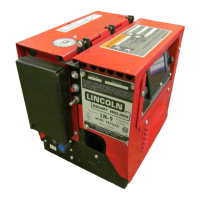
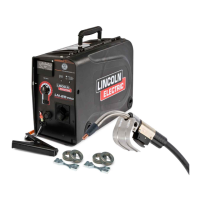

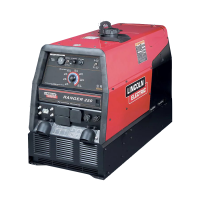
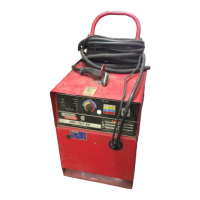
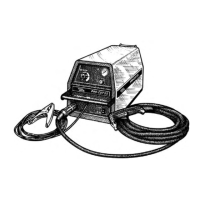

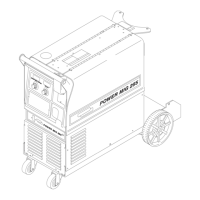
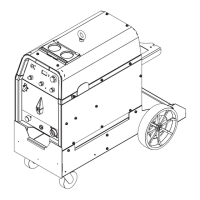
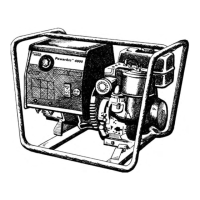


